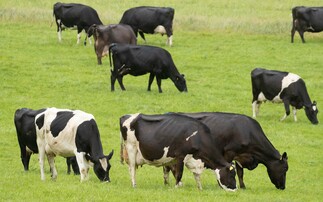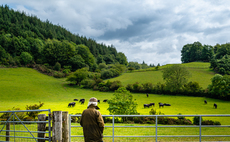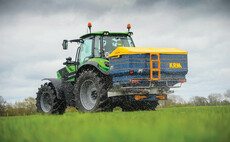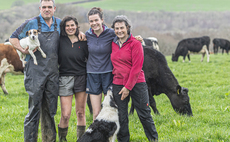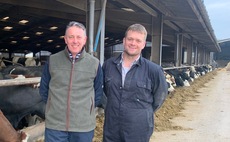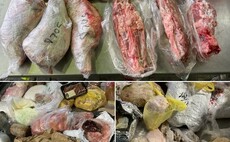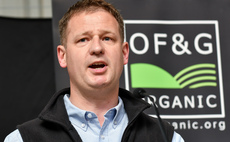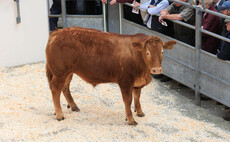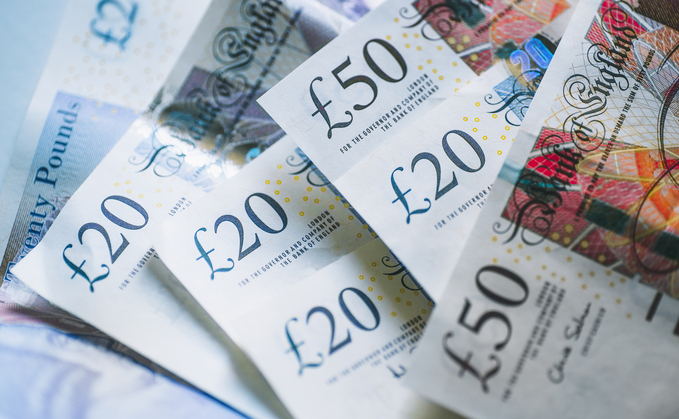
Farm costs have fallen this year, but by less than five per cent, with key inputs such as fertiliser and energy still historically high and other still rising.
The AgInflation Index from supply co-operative AF stands at 281, which compares to 295 a year ago. The index compares costs to those at the beginning of 2006 when the index began life at 100. In 2021 it was at 200 and at 180 a year before, so average costs are still 40 per cent higher than two years ago.
Inflation
Electricity costs have tumbled by 58 per cent over the year, with fertiliser prices almost halving. A 15 per cent drop in fuel and a 13 per cent drop in feed costs and animal medicines will also be welcomed by farmers.
See also: Farmgate inflation still falling faster than retail prices
But rent and property costs have increased by 11.5 per cent and crop protection costs are nearly 10 per cent higher. Meanwhile, labour costs are up nearly eight per cent.
AF also looks at the cost of producing a range of crops and livestock. Dairy costs have fallen by 9.4per cent since last year, potato costs are 6.1 per cent lower, with beef and lamb 5.2 per cent cheaper to produce. Cereal and oilseed rape costs are only 2.1 per cent down, while sugar beet is 7.1 per cent more to grow.
Despite the easing in costs, dairy, beef and lamb is twice as expensive to produce than in 2006. Cereal, oilseed and potato crops are 175 per cent more.
"Fertiliser prices have taken a nosedive from the dizzy heights of 2022, with all major products coming back between 40-50 per cent 12 months on," said Josh Joachim, AF fertiliser procurement manager.
See also: Six answers to common questions following cancellation of HS2
"Whilst it's been a better year for our members in terms of price per tonne, we are now witnessing some upturn and nervousness going into the last quarter of 2023 and first of 2024."
He added that the conflict in Israel is adding to P & K costs, while 72 per cent of AF's fertiliser buying members have locked in at least some fertiliser prices for 2024.








